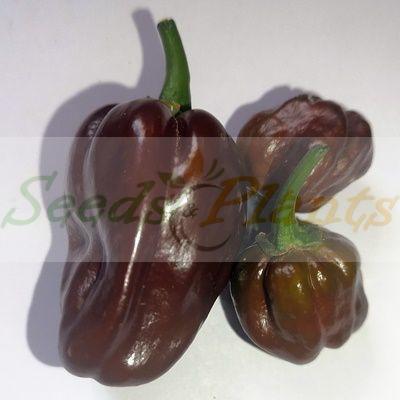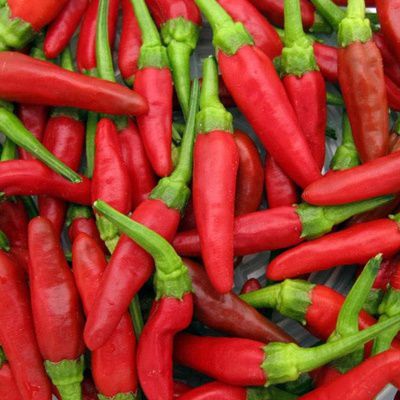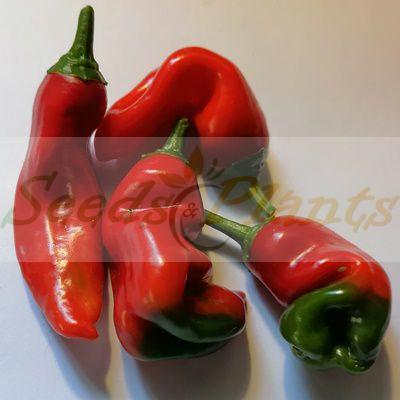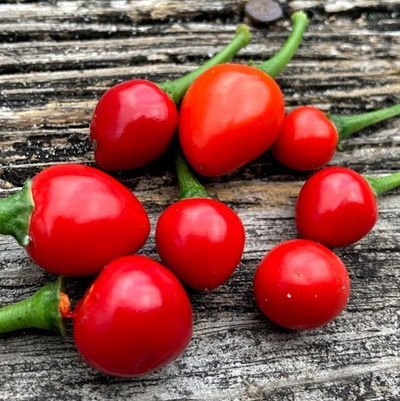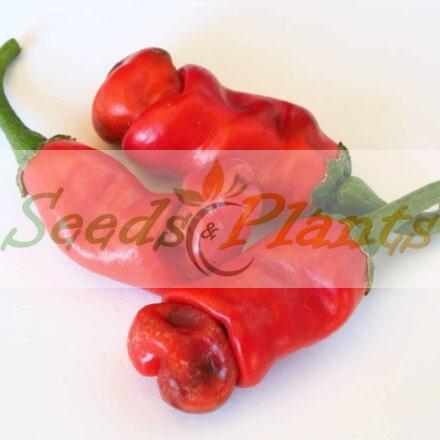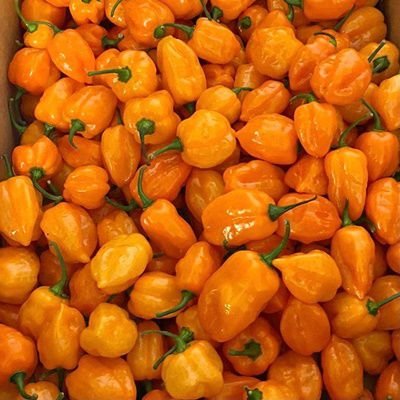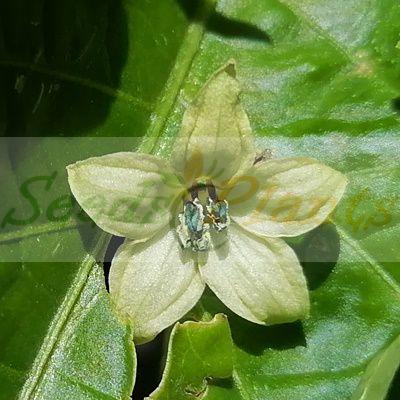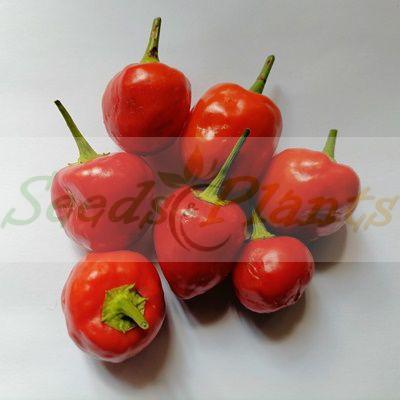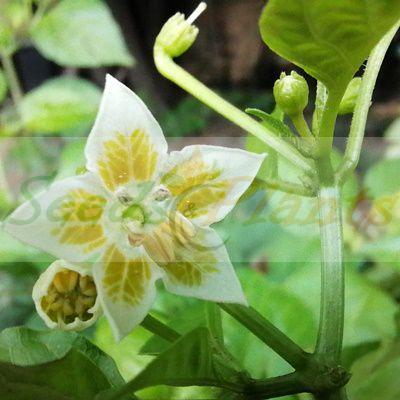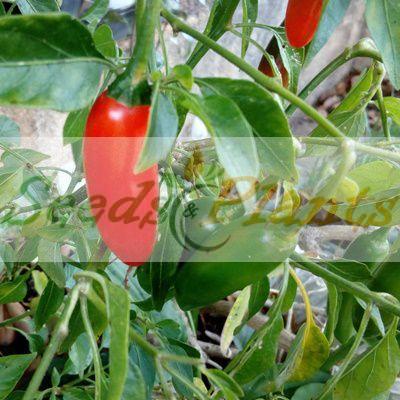Birds Eye Chilli Pepper – 20 Seeds
(Scoville heat units: 50,000 to 100,000)
R30.00
Birds Eye Chilli Peppers are used a lot in Asian and Thai cooking. They are also ideal for drying and using as chilli powder. They are very hot!
Indoor Sowing: Mid Winter, Late Winter and Early Spring.
Direct Sowing: Not Recommended.
Out of Stock
Email me when the product is back in stock.
Birds eye chilli pepper (Capsicum Malaga) seeds. These small, slightly tapered chilies have a length of 1-2cm and are about 50mm. in diameter. They are used a lot in Asian and Thai cooking and are also ideal for drying and using as chilly powder. They are very hot! They grow very easily and are a “must have” chilli.
The approx. heat scale on the Scoville scale is 100 000. X. HOT
Birds eye chilli pepper originated in South East Asia. Cambodia, Laos, Vietnam, Thailand, Malaysia, Indonesia, the Philippines and Singapore. Now this popular chili is found all over the world. They may appear small but they pack a burning punch and can contain between 50,000-100,000 Scoville Units, almost as hot as a Habanero.
Some sources state that the name birds eye comes from these chili bushes being started by birds picking and dropping the chilies. Birds don’t feel any effects from chili oil therefor they don’t get the burning sensation humans do.
Birds Eye chilies are one of the easiest species to grow and maintain. They are a thick bush with lightweight fruit and are very forgiving. They can grow in sandy soil conditions to rich soil conditions. As with every other chili they enjoy humid climates and moisture.
These chilies can withstand cold climates too even down to -20deg C. They will loose all their leaves but when spring comes they will re-shoot and fruit. Birds Eye bushes will mature and fruit very quickly, it takes about between 90-120 days and the bushes are known to last several years.
Growing Birds Eye Chilli Pepper
Indoor Sowing: Mid Winter, Late Winter and Early Spring.
Direct Sowing: Not Recommended.
- Sow seeds indoors in Mid Winter, Late Winter or Early Spring.
- Soak your seeds overnight in warm water to help them germinate faster.
- Place the seeds on top of the growing medium and cover with a thin layer of soil.
- Mist the soil with water daily so that it stays moist.
- For best germination, keep the soil between 23 and 26 degrees Celsius.
- The pots won’t require light until the seeds sprout.
- Sweet Pepper seeds germinate in about 30 days and Hot Pepper seeds in about 60 days, but it can also take longer.
- After the seeds have germinated, place the pot on a windowsill or in a heated greenhouse.
- When they are 2.5cm tall prick out seedlings, moving each into their own 10cm pot. Make sure the roots are well covered and the leaves are just above the surface of the soil.
- Water and place in a light spot indoors.
- While plants are still growing indoors, move into 13cm pots filled with general purpose compost when roots begin to show through the drainage holes in the base.
- When plants are about 20cm tall, or before if they start to lean, stake with a stick.
- Pinch out the tops of peppers when they are about 30cm tall to encourage lots of branches.
- Plants are ready to be placed outdoors once all danger of frost has passed.
- Either plant directly into the ground, spacing them 45cm apart or transfer them to 22cm pots to give them plenty of space to grow.
- Peppers take a long time to grow large enough from seeds to produce mature fruit, and they require a fairly long growing season.
- Make sure you water regularly, especially in hot weather and feed every two weeks with a general purpose liquid fertilizer. Feeding should start when the flowers first appear and should continue until the fruit have been harvested.
Disclaimer
Medicinal Information:
All medicinal information on this website is for educational and informational purposes only and may not be construed as medical advice. The information is not intended to replace medical advice or treatment offered by healthcare professionals.
Seeds, Plants, Plant Cuttings, Geophytes and Dried Herbs:
In some countries and provinces, certain plants are deemed as invasive and are not allowed to be planted at all, whilst some plants are allowed to be grown only in certain areas or provinces. The onus is on you as the buyer to familiarize yourself with the regulations pertaining to your location, before purchasing any of our seeds, plants, plant cuttings, geophytes or dried herbs. We will not be held liable, should you purchase any seeds, plants, plant cuttings, geophytes or dried herbs. from us which are prohibited in your country or province.
Related products
Chocolate Habanero Chilli Pepper – 10 Seeds
(Scoville heat units: 300,000 to 425,000)


